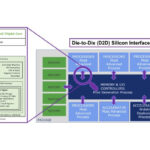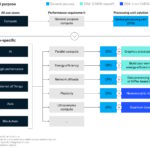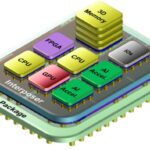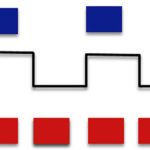Computers, gaming consoles, telecommunications, automobiles, industrial systems, and myriad electronic devices and systems rely on various forms of solid-state memory for operation. Designers need an understanding of the various options for volatile and non-volatile memory devices to optimize the performance of systems.
A new form of solid-state memory called persistent memory (PMEM) has recently emerged to offer designers a third option for optimizing system performance. PMEM is not expected to replace other forms of solid-state memory or storage devices. Still, in certain applications, PMEM can provide faster start-up times, faster access to large datasets in memory, and lower cost of ownership.
Dynamic random access memory
Dynamic random access memory (DRAM) is most often found as the main memory for CPUs, GPUs, MCUs, and other types of processors. DRAM is a volatile memory and retains data only as long as there is power supplied. The basic building block for DRAMs are the bit cells that store individual bits of information.
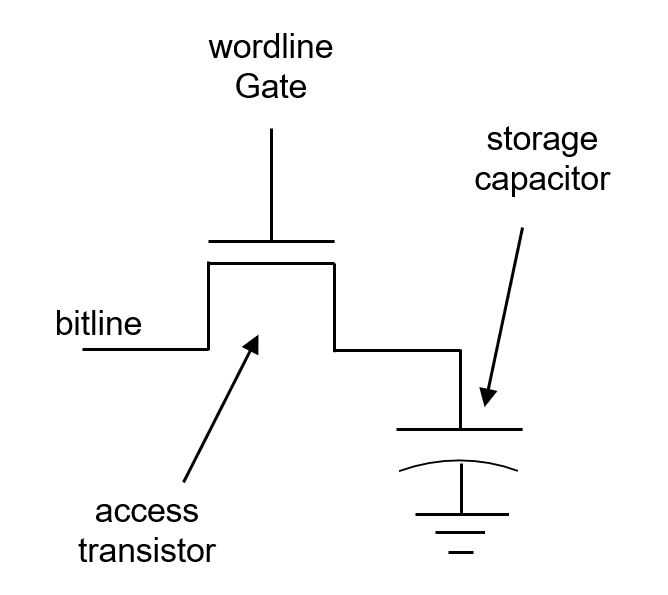
There are a variety of DRAM types developed for specific applications, such as:
- DDR (double date rate): Originally, DDR memory used prefetching to double the data rate, compared with single data rate DRAMs. Prefetching was an effective technique for doubling the data rate from generation to generation up to DDR3. At that point, other techniques such as bank grouping (DDR4) and channel splitting (DDR5) have been added to support the continued need to double the rate of data transfer from generation to generation.
- LPDDR (low power double data rate): Sometimes called mDDR (mobile DDR), LPDDR was developed to support the needs of low power applications such as tablets, mobile phone handsets, SSD cards, automotive systems, and so on. LPDDR includes low-power features, such as lower operating voltages and “deep sleep mode” to provide significant power savings compared with conventional DDR memories.
- GDDR (graphics double data rate): Developed to support graphics cards, GDDR chips have a larger bus and support higher I/O clocking rates to interface directly with the graphics processor unit (GPU). GDDR is also used with general high bandwidth applications, not just GPUs.
DDR5, the newest form of DRAM, is designed to support the next generation of server workloads by delivering more than an 85% increase in memory performance. DDR5 doubles memory density while improving reliability at a time when data center system architects seek to supply rapidly growing processor core counts with increased memory bandwidth and capacity.
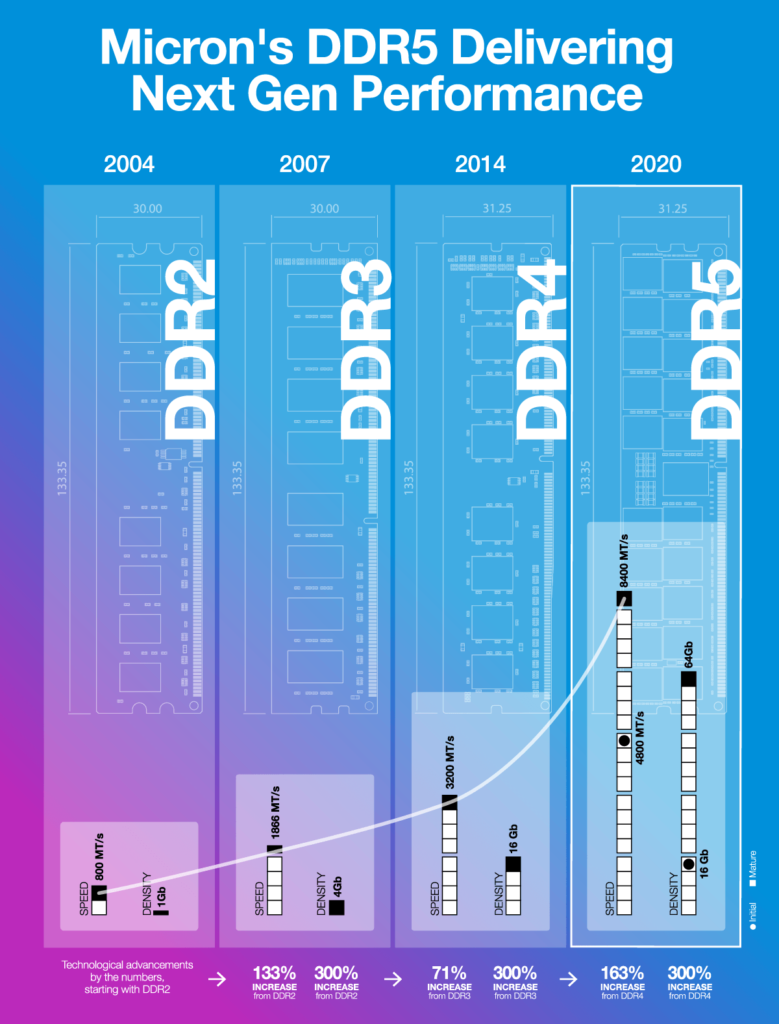
Non-volatile memory
Non-volatile memory (NVM) takes the form of electrically addressed solid-state memories (various forms of read-only memory) and mechanically addressed memories (hard disks, optical disks, tape, and so on), generally referred to as storage. NVM retains data even when the power source is removed. There are tradeoffs between electrically and mechanically addressable approaches. Mechanically addressable systems have a much lower cost per bit but have significantly slower access times. Electrically addressable systems are very fast, but, compared with mechanically addressable storage devices, are expensive and have smaller capacities.
Semiconductor non-volatile random access memories (NVRAMs) and read-only memories (ROMs) are generally categorized according to the write mechanism that they employ:
- Mask ROMs – Factory programmable only, and typically used for high-volume products
- EPROMs – Erasable programmable ROM that can be erased with ultraviolet light shined through a quartz window on the device.
- EEPROMs – Electrically erasable programmable ROM that uses an externally applied voltage to erase the data.
- Flash – Similar to an EEPROM, with substantially more storage capacity, but with faster read / write speeds.
- F-RAM – Ferroelectric RAM (an early-stage technology) is similar in construction to a DRAM; both use a capacitor and transistor. Still, instead of using the dielectric layer of a capacitor, an F-RAM cell contains a thin ferroelectric film of lead zirconate titanate that can change polarity and switch between states and retain data even when power is interrupted.
- MRAM – Magnetoresistive RAM (an early-stage technology) stores data in magnetic storage elements called magnetic tunnel junctions (MTJs).
Persistent memory
Persistent memory (PMEM) is high-performance solid-state memory that is faster than non-volatile memory such as flash and less expensive than DRAM. Non-volatile dual in-line memory modules (NVDIMMs), offered by Micron and others and Intel 3D XPoint DIMMs (also called Optane DC persistent memory modules) are two examples of PMEMs.
Persistent memory modules such as Intel Optane fit in between DRAM and SSDs in terms of both cost and performance (Source: Intel)
PMEM is a third memory option. It has aspects that are similar to storage (e.g., SSDs and disk drives) and some that are similar to volatile and non-volatile memory. It is not expected to replace either storage or memory. Still, it provides system designers with an additional tool that can provide faster start-up times, faster access to large datasets in memory, and lower cost of ownership.
The main advantages of persistent memory include:
- Access latencies less than those of flash SSDs.
- Increased throughput compared with flash storage.
- Data persists in memory after power interruption, like flash.
- PMEM is lower cost than DRAM.
- PMEM is cacheable.
- Provides real-time access to data; supports fast access to large datasets.
Recent standards developments
JEDEC published the latest JESD79-5 DDR5 SDRAM standard in July 2020. The standard addresses demand requirements being driven by intensive cloud and enterprise data center applications, providing developers with twice the performance, and much-improved power efficiency.
The JEDEC DDR4 standard was updated in January 2020 and has been defined to provide higher performance, with improved reliability and reduced power, thereby representing a significant achievement relative to previous DRAM memory technologies.
While the two standards discussed above are maintained by JEDEC committee, JC-42, the JESD21-C standard, “Configurations for Solid State Memories,” is maintained by JEDEC committee JC-41. JC-41 has a broad and active membership, and the standard is published in a binder format to accommodate frequent updates and changes.
Part two of this FAQ series digs deeper into “Memory Technologies and Packaging Options.” Part three reviews “Memory Centric Computing and Memory System Architectures.”
References
Intel Optane Persistent Memory, Intel
Main Memory: DDR4 & DDR5 SDRAMs, JEDEC
Micron’s DDR5, Micron
Persistent Memory, Wikipedia
The history and future of DRAM architectures in different application domains, imec
What Is Persistent Memory?, NetApp

